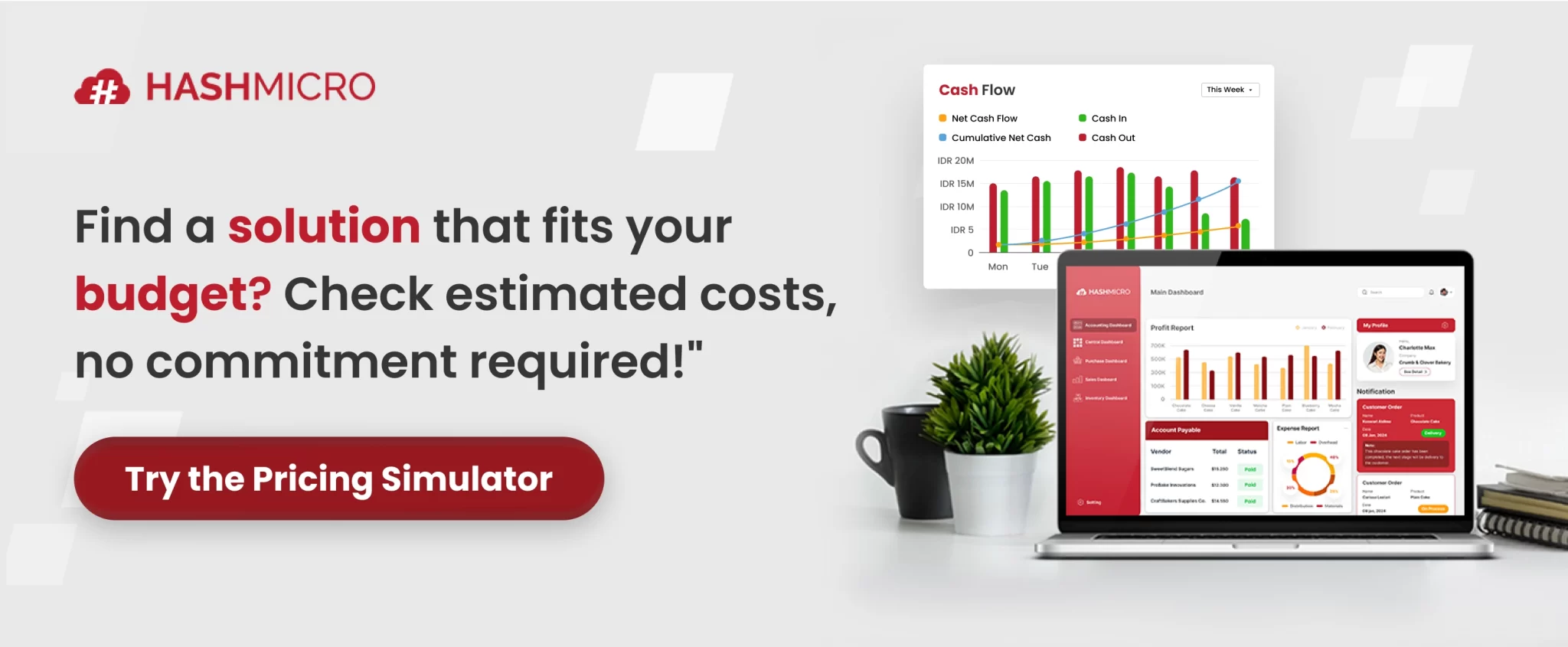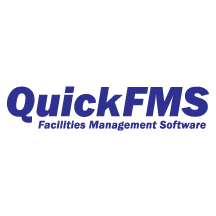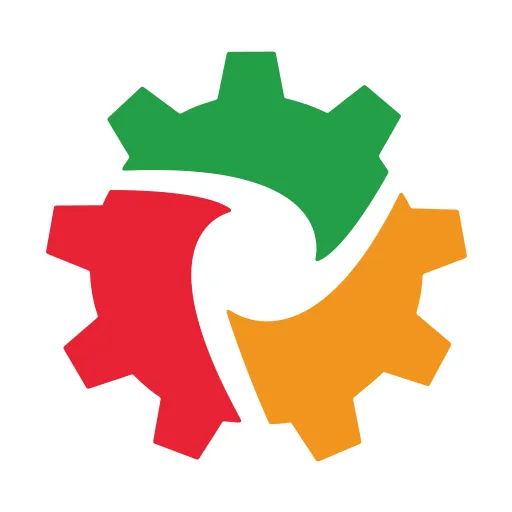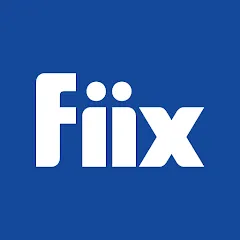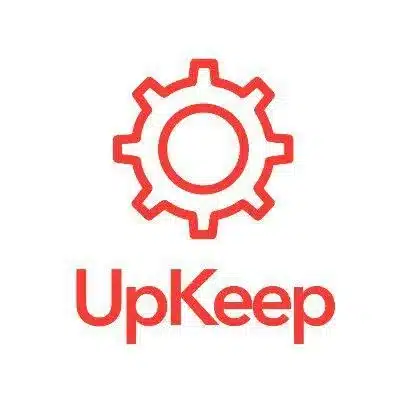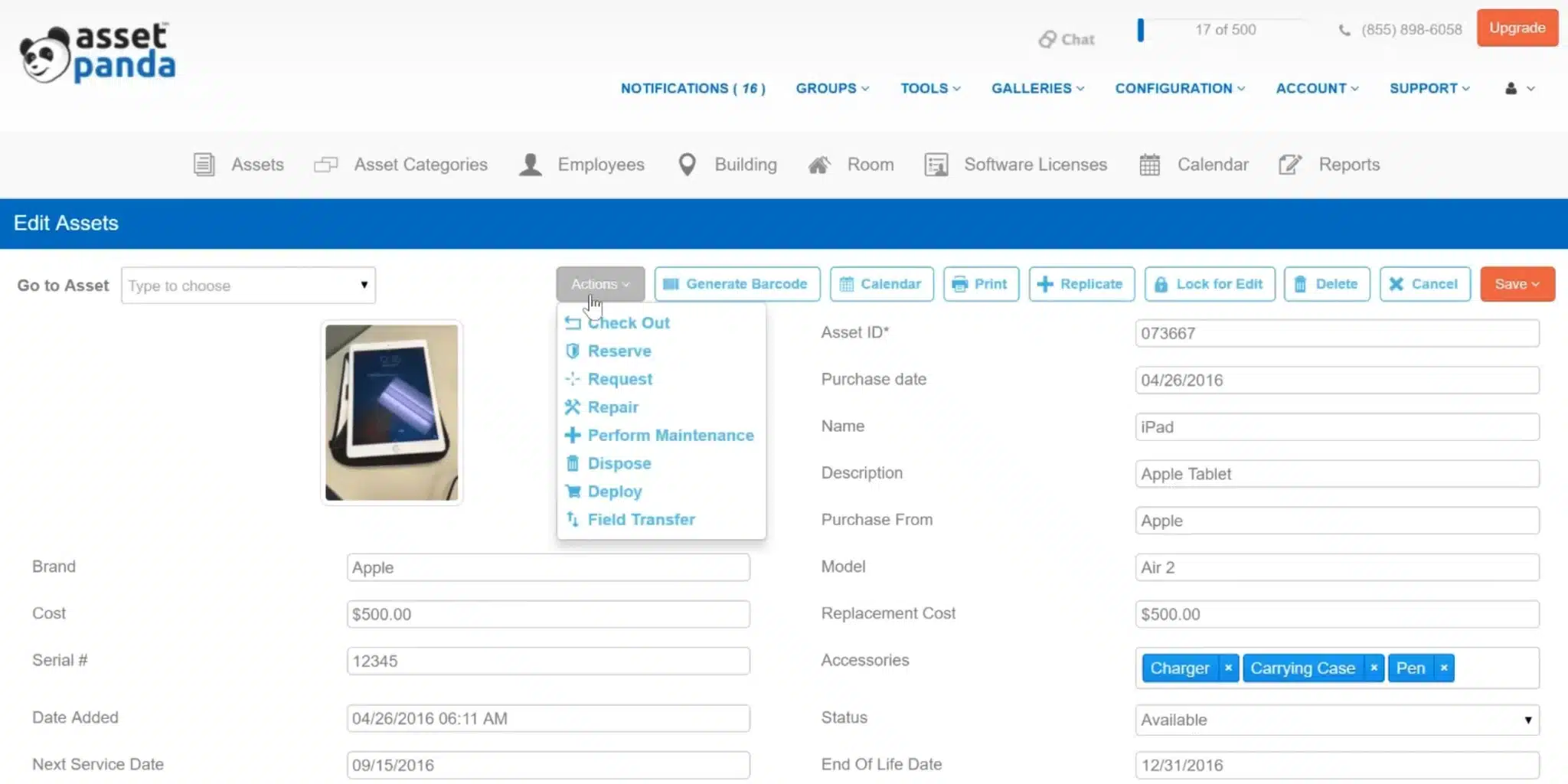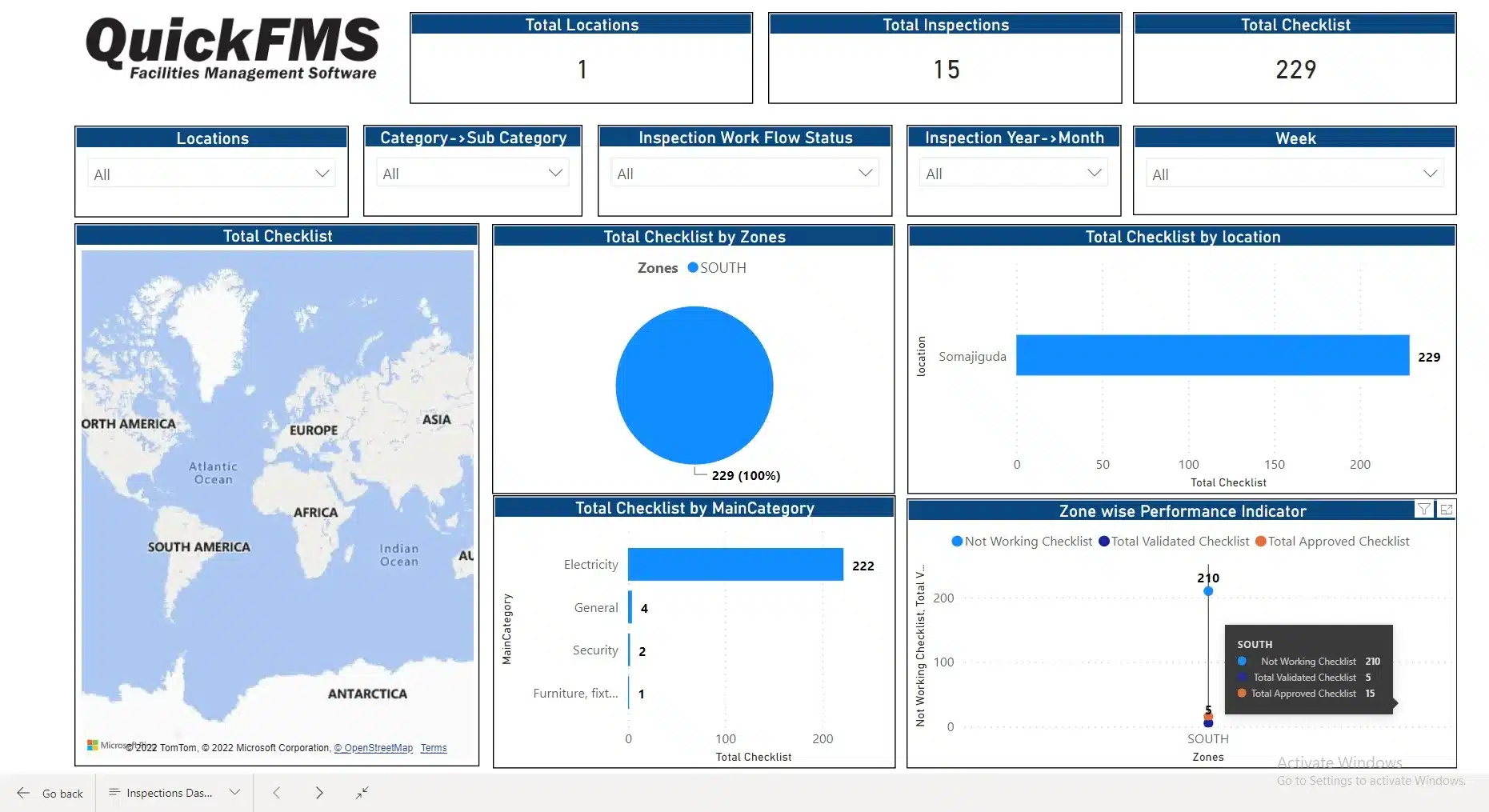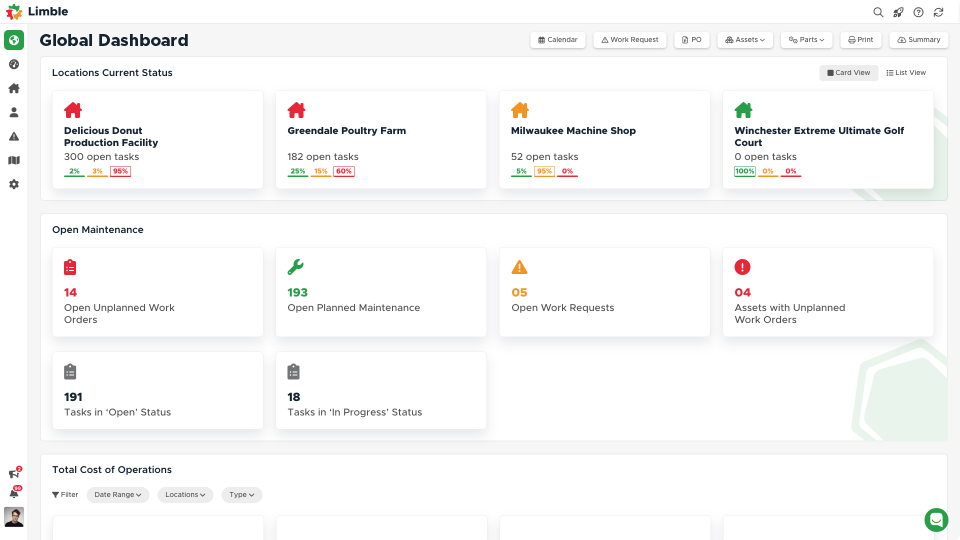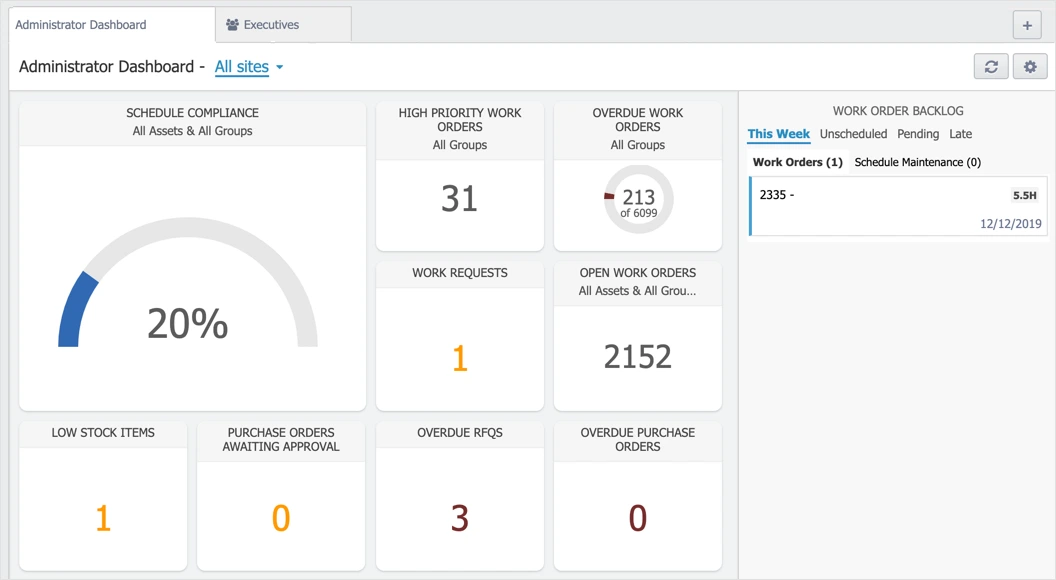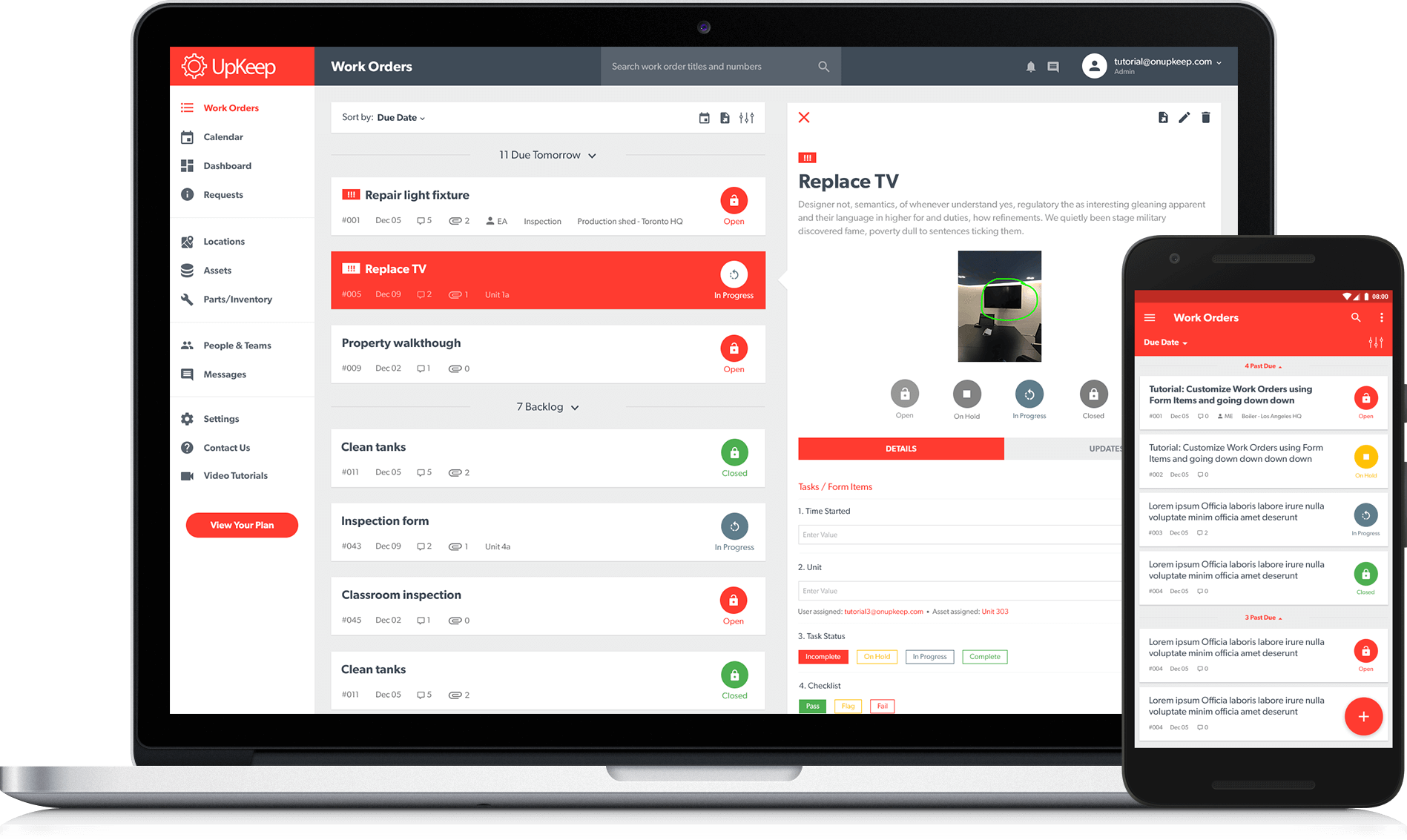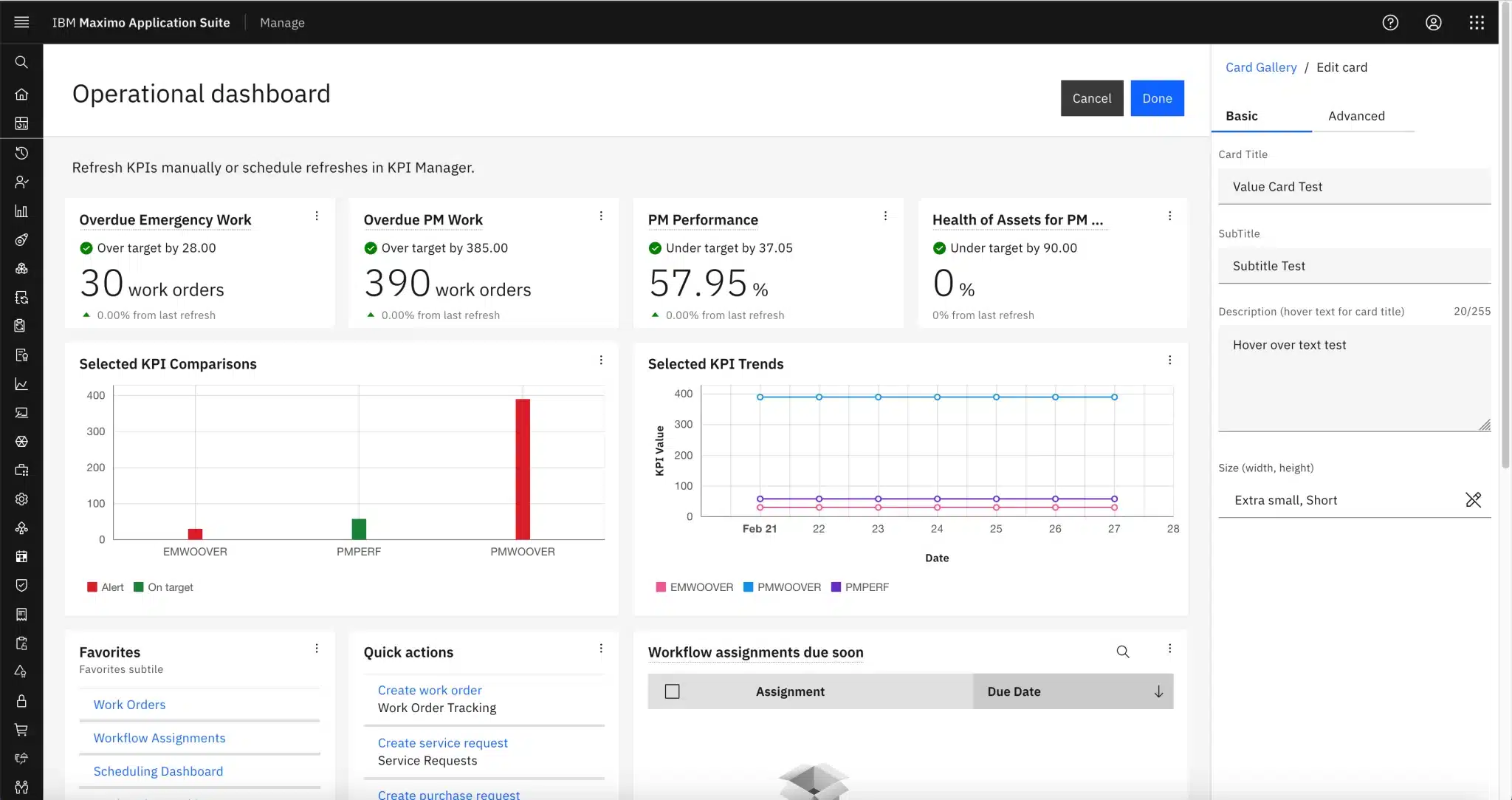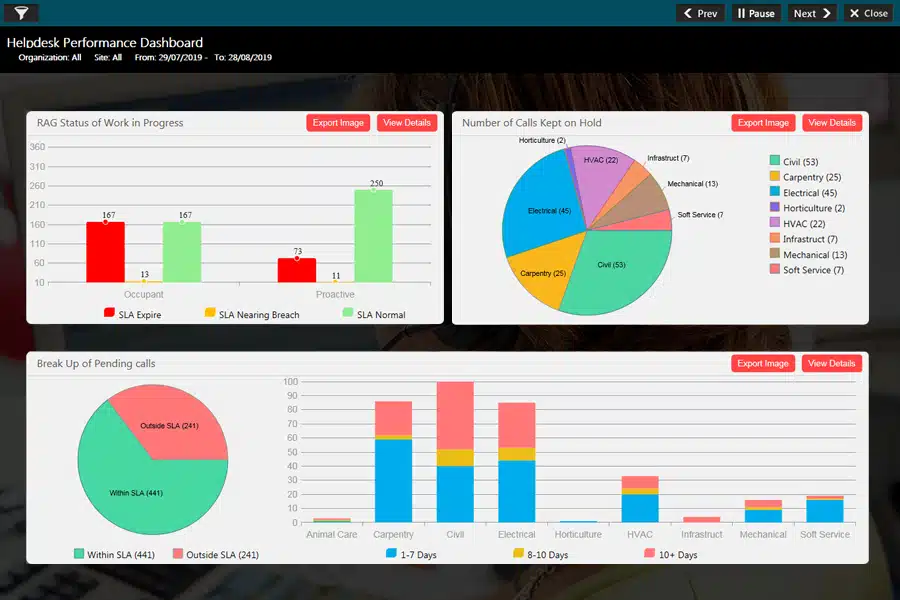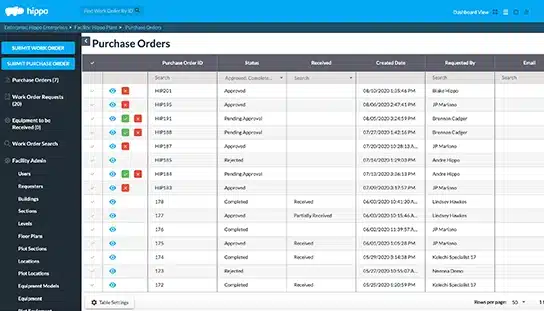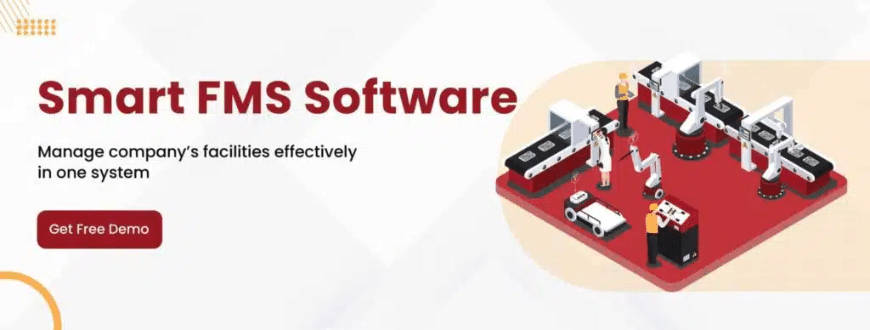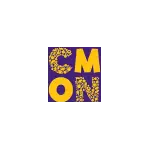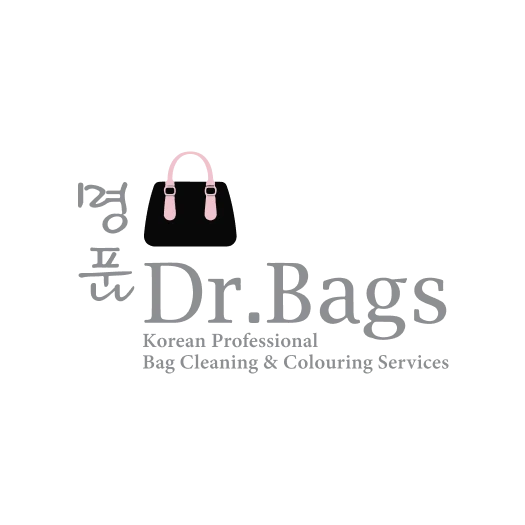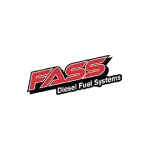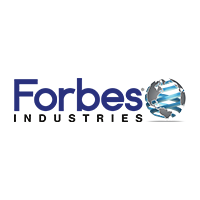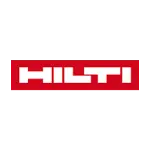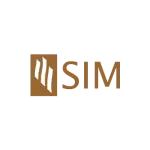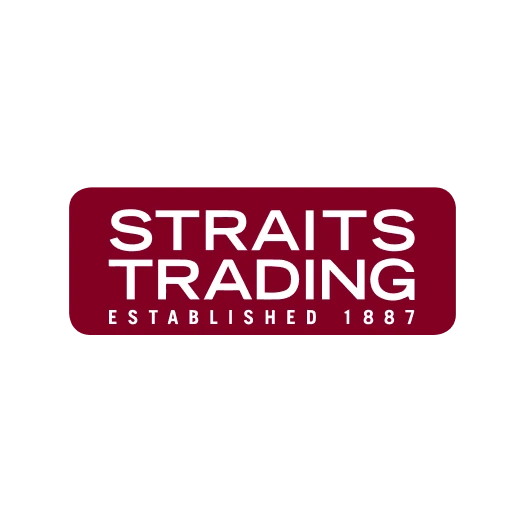Best Facility Management Software Highlights
In this article, we’ll take a look at the facility management software
But before that…
What is Facility Management Software?
Facility Management Software is a digital system that manages facility operations, such as assets, spaces, and maintenance. It automates tasks like maintenance scheduling, utility monitoring, and space management for greater efficiency.
By automating routine tasks such as maintenance planning, inventory tracking, and work order management, FMS helps improve operational efficiency, reduce costs, extend asset lifespan, and create a safer, more productive work environment.
This type of software is especially valuable across sectors such as corporate offices, healthcare, education, manufacturing, and commercial real estate.
Best Software for Facilities Management in Singapore
Optimizing facility management is crucial for Singaporean businesses to enhance efficiency, reduce costs, and boost productivity. This list features the top facility management software of 2025 to streamline operations and support ongoing success.
1. HashMicro Facility Management Software
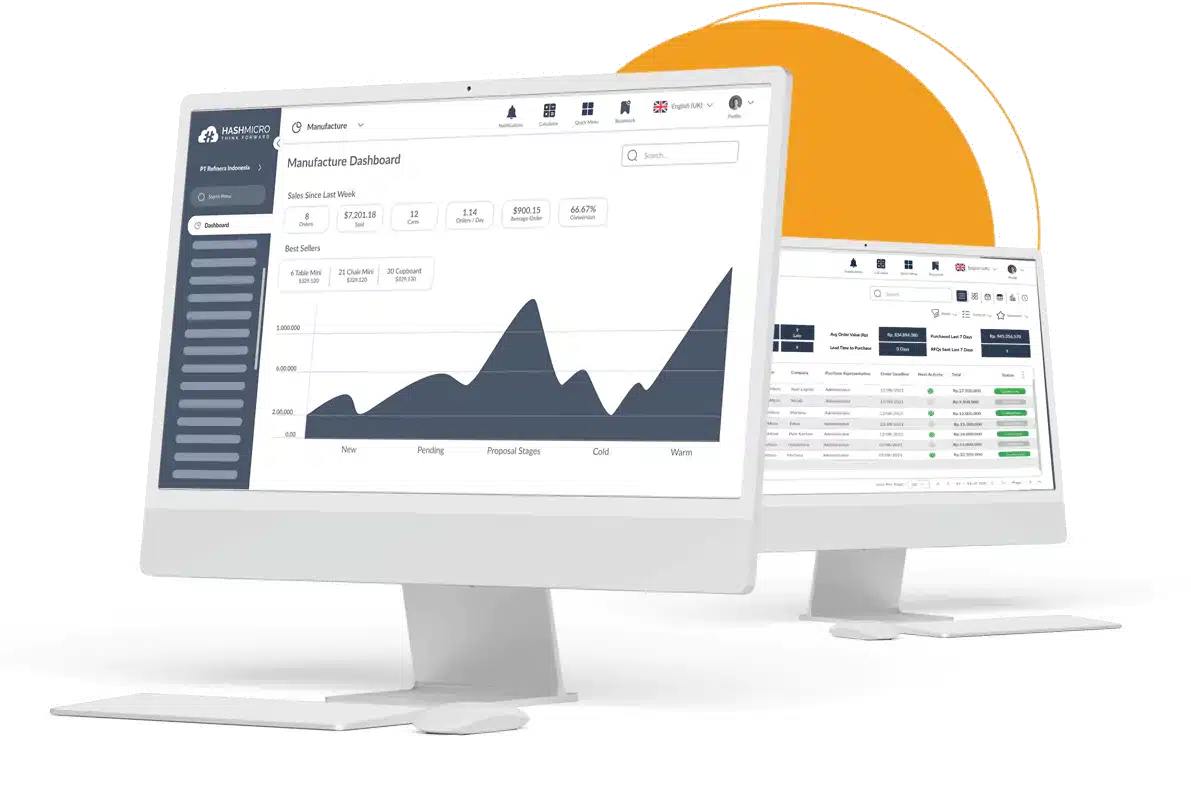
HashMicro Facility Management Software is a digital solution that helps businesses efficiently manage building operations, maintenance, and space usage. It offers automated scheduling, work order management, and asset monitoring features.
With real-time visibility, streamlined workflows, and centralized control, the system helps improve productivity and reduce operational costs. To experience how it can support your facility management goals, you can request a free demo directly from HashMicro.
This system is also available in mobile apps, which allows uninterrupted accessibility and simplifies facility management tasks for users.
Key Features:
- Facility area: Get a comprehensive overview that allows easy management of your company’s facilities.
- Work order (maintenance order): Manage and track your employees’ maintenance tasks efficiently and effectively.
- Helpdesk (portal submission): Get a report of facility issues from an online form the employees have filled out.
- Android/IOS maintenance app view and edit tickets: Mobile application for accessing and managing maintenance tickets.
- Auto-generate maintenance schedule: Automated creation of planned maintenance tasks based on predefined criteria.
- Facility database management: Systematic organization and control of facility assets and operations data.
- Maintenance Contract Management: Oversight and administration of contracts governing maintenance services.
| Pros | Cons |
|
|
2. Asset Panda
Asset Panda is a cloud-based facility and asset management solution known for its flexibility and mobile-first design. It helps businesses easily track and maintain physical assets across multiple locations, offering a highly customizable platform for different operational needs.
Key Features
- Customizable asset tracking
- Mobile app with barcode scanning
- Work order and maintenance scheduling
| Pros | Cons |
|
|
3. QuickFMS
QuickFMS is a web-based facility management software that provides end-to-end workspace, maintenance, and resource management solutions. It caters to businesses looking for a centralized system to manage physical and digital infrastructure.
Key Features
- Space and lease management
- Maintenance request tracking
- Asset and inventory management
| Pros | Cons |
|
|
4. Limble Solution
Limble CMMS stands out for its ease of use and intuitive design, which is tailored for maintenance teams that want to move away from spreadsheets and reactive maintenance. It’s widely appreciated for its clean interface and low learning curve.
Key Features
- Preventive maintenance scheduling
- Mobile CMMS with offline access
- Work order management and automation
| Pros | Cons |
|
|
5. Fiix CMMS
Engineered with modern maintenance teams in mind, Fiix CMMS brings AI-powered insights and automation to facility management. It combines AI-driven analytics with a straightforward interface, enabling teams to make data-informed decisions and reduce maintenance backlogs.
Key Features
- AI-powered maintenance insights
- Preventive and predictive maintenance
- Inventory and spare parts management
| Pros | Cons |
|
|
6. Upkeep
Designed for technicians on the go, UpKeep takes a mobile-first approach to facility management. Its simple interface and fast setup make it ideal for teams that need real-time access to work orders, asset data, and maintenance updates.
Key Features
- Mobile-first work order management
- Preventive maintenance scheduling
- Asset and inventory tracking
| Pros | Cons |
|
|
7. Maintain X Facility Management Software
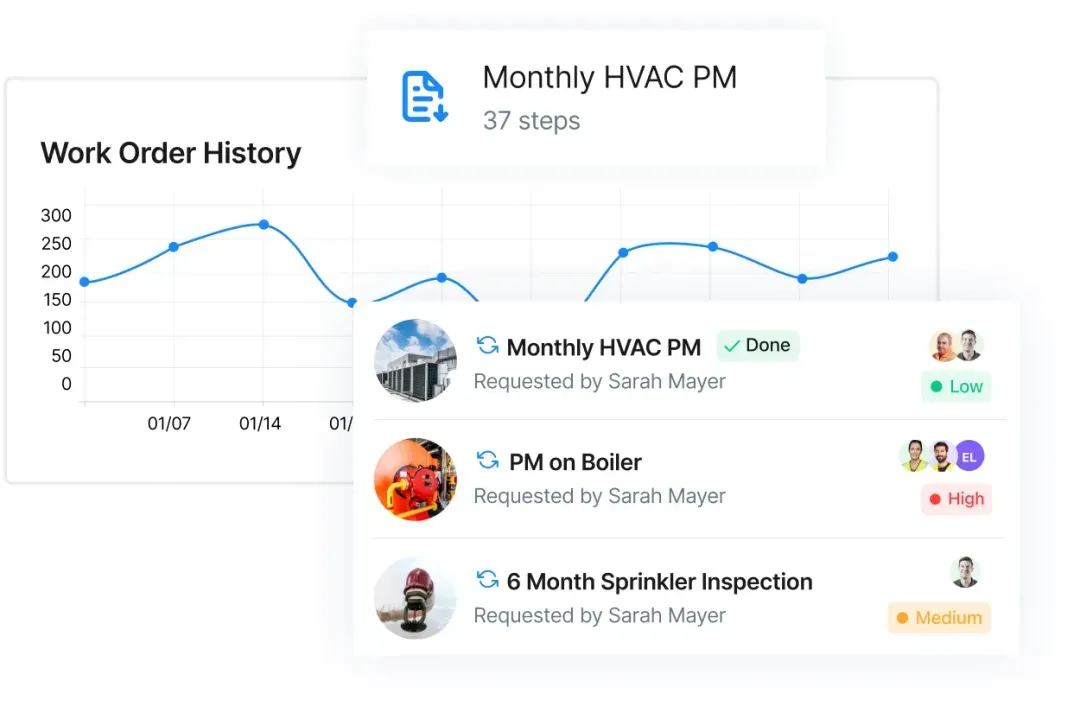
MaintainX puts real-time operations at your fingertips with its clean, mobile-first interface and intense focus on team collaboration. It’s built for frontline workers who need quick, clear access to maintenance tasks and asset data.
Key Features
- Work order and task management
- Preventive maintenance scheduling
- Real-time team messaging
| Pros | Cons |
|
|
8. IBM Maximo
As one of the most powerful enterprise asset and facility management platforms, IBM Maximo delivers a comprehensive suite of tools for large-scale operations. It excels in utilities, manufacturing, and transportation, where high-volume data and system integration are critical.
Key Features
- Predictive and preventive maintenance
- IoT and AI-driven asset insights
- Extensive integration capabilities
| Pros | Cons |
|
|
9. eFACiLiTY Smart Facility
eFACiLiTY offers an innovative, integrated platform for automating and optimizing facility operations. Known for its broad module selection, it supports everything from space booking and visitor management to energy monitoring and environmental control.
Key Features
- Space and resource booking
- Maintenance and asset tracking
- Visitor and access management
| Pros | Cons |
|
|
10. Hippo CMMS
Hippo CMMS is a user-friendly, cloud-based maintenance system tailored for small—to mid-sized facilities. Its simple dashboard and drag-and-drop functionality enable quick setup and minimal training time.
Key Features
- Preventive maintenance and work orders
- Equipment and asset tracking
- Inventory and spare parts management
| Pros | Cons |
|
|
Key Considerations for Selecting a Facility Management Software
When purchasing facility management software for your company, here are some key considerations to keep in mind:
- Feature suitability: Ensure the software’s features match your facility management needs. To do that, prioritize crucial features for your operations.
- Scalability: Assess if the software can grow with your company. Can it handle increased facilities, assets, users, or locations?
- User-friendliness: Look for an intuitive design and straightforward navigation. A user-friendly interface boosts overall adoption and employee productivity.
- Customization options: Check if the software allows customization to adapt to your company’s unique processes and requirements.
- Cost and return on investment (ROI): Consider total ownership costs, customization, and integration expenses, and evaluate how the software enhances efficiency and productivity for potential ROI.
By carefully evaluating these key factors, your company can make a well-informed decision when investing in facility management software. Choosing the right solution simplifies daily operations, enhances efficiency, reduces costs, and supports long-term organizational growth.
Conclusion
Digital transformation enhances facility management efficiency and saves money by increasing accessibility. Facilities management trends have also changed due to the digital revolution, forcing businesses to adapt.
When choosing a Facility Management Software System for Business in Singapore, such as HashMicro’s, several factors come into play, depending on the company’s needs and budget. Click the image below for more information about this software.
Boost your digital transformation with up to 70% funding through the NTUC CTC Grant when adopting HashMicro’s Facility Management Software. Request a free demo to see how it can reduce downtime and enhance data-driven decisions.
FAQ About Facility Management Software
-
What is a common tool used for facility management?
Asset management software plays a critical role and is often the foundational tool for any facility management or maintenance system. It helps facility managers monitor maintenance activities, repairs, and overall operations.
-
Are CAFM and CMMs the same?
CAFM software enables facility managers to automate multiple facility management functions, including space and real estate utilization. Meanwhile, CMMS is typically a component within a CAFM system, offering more in-depth features specifically for handling maintenance activities.
-
What is a KPI in CAFM?
In facility management, a Key Performance Indicator (KPI) is a quantifiable metric to assess how well the facility team meets its operational objectives. These KPIs measure performance in equipment uptime, work order fulfillment, energy usage, and preventive maintenance efforts.


